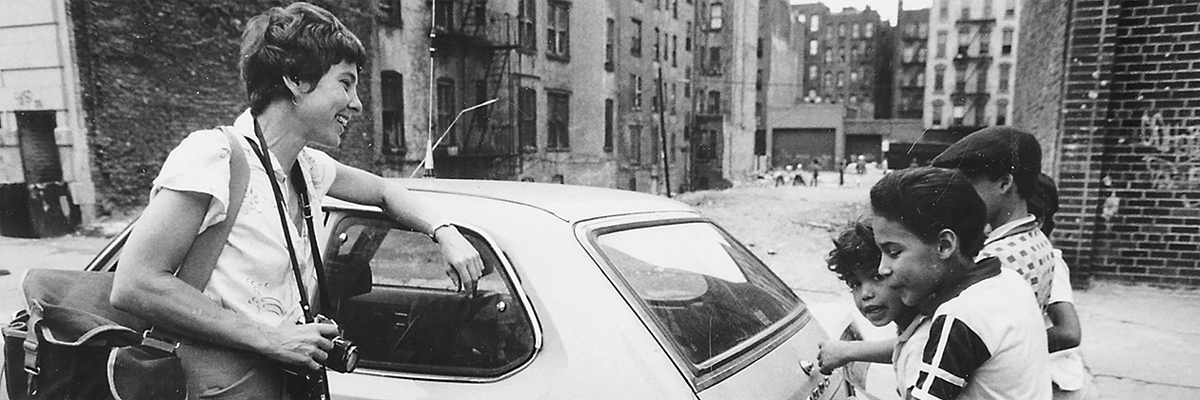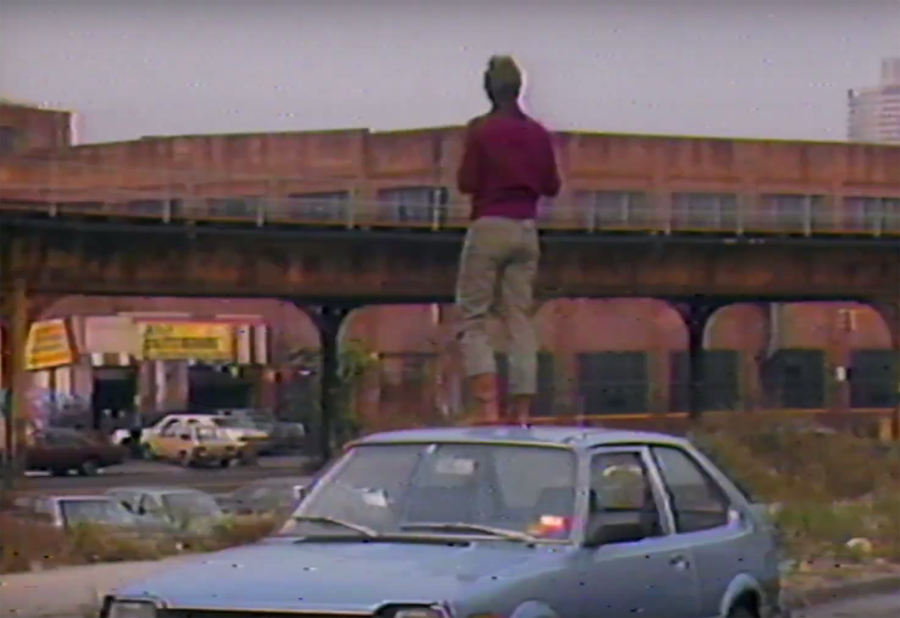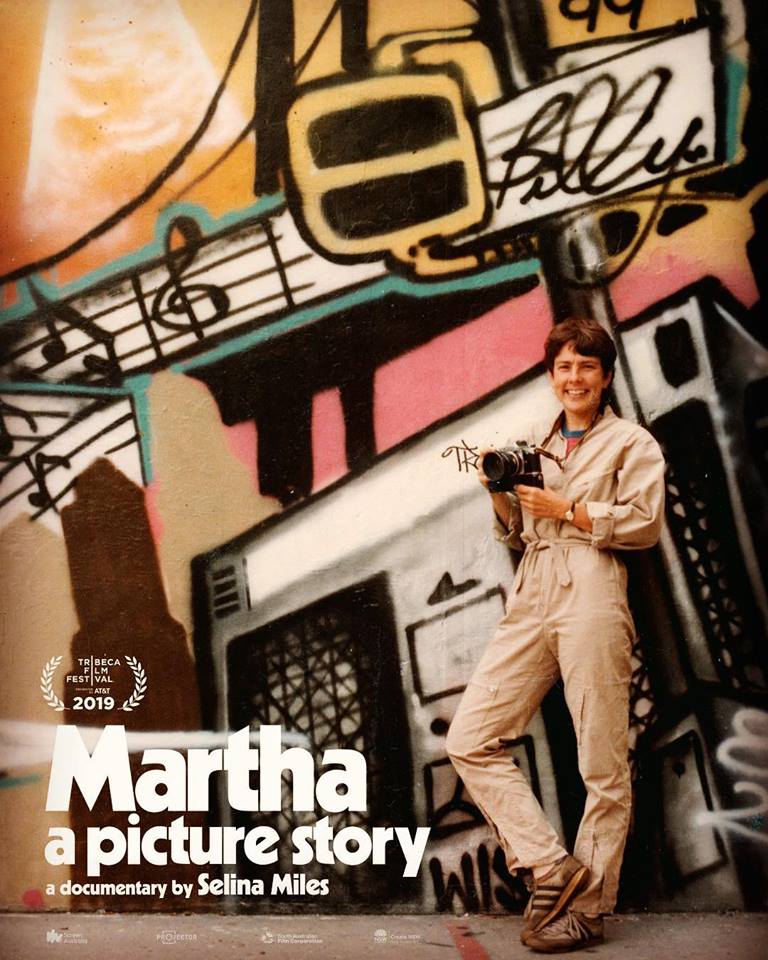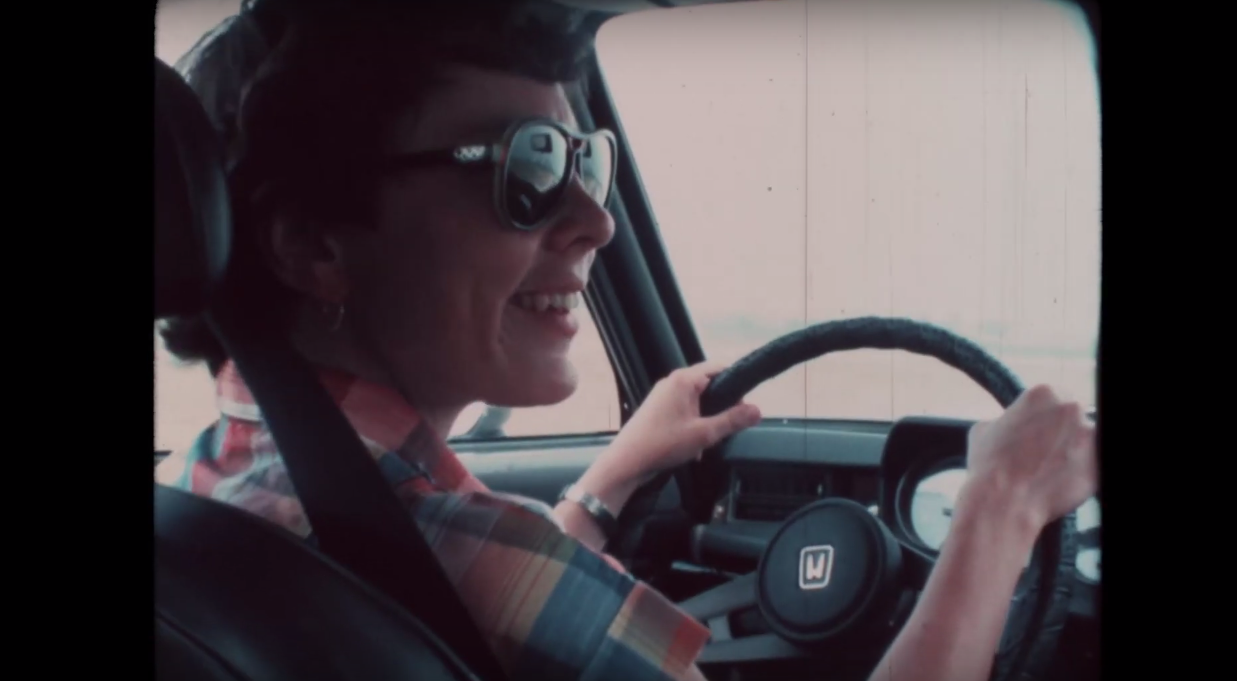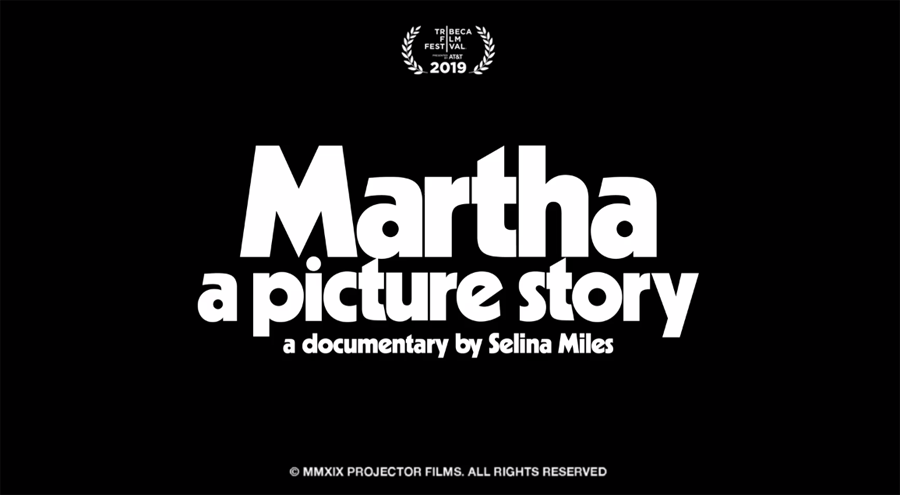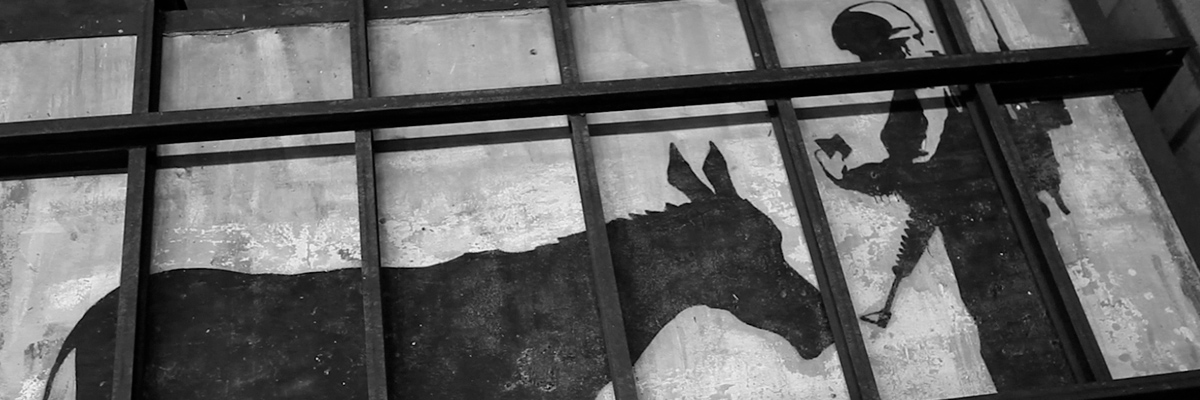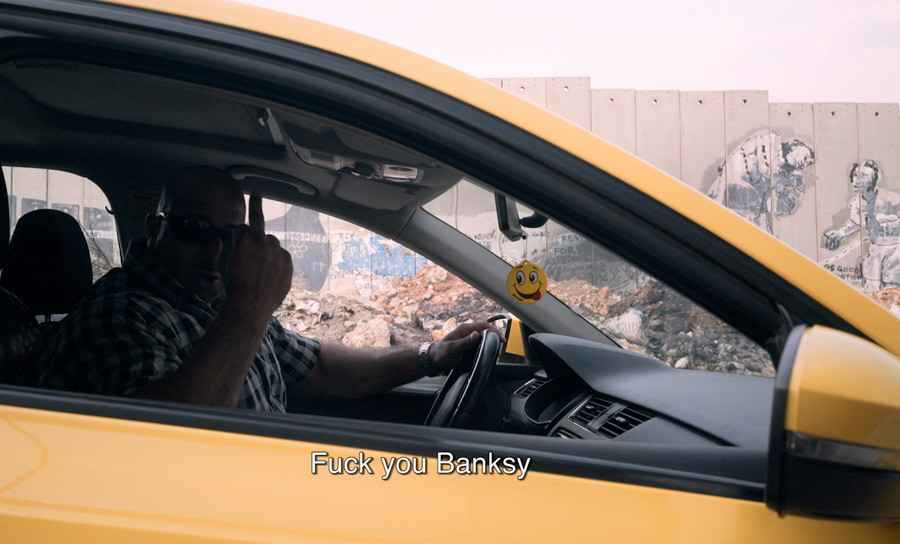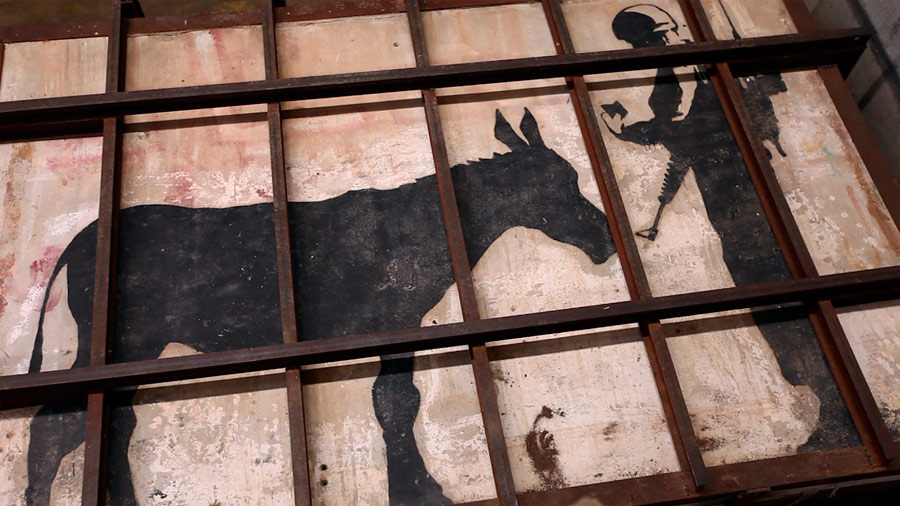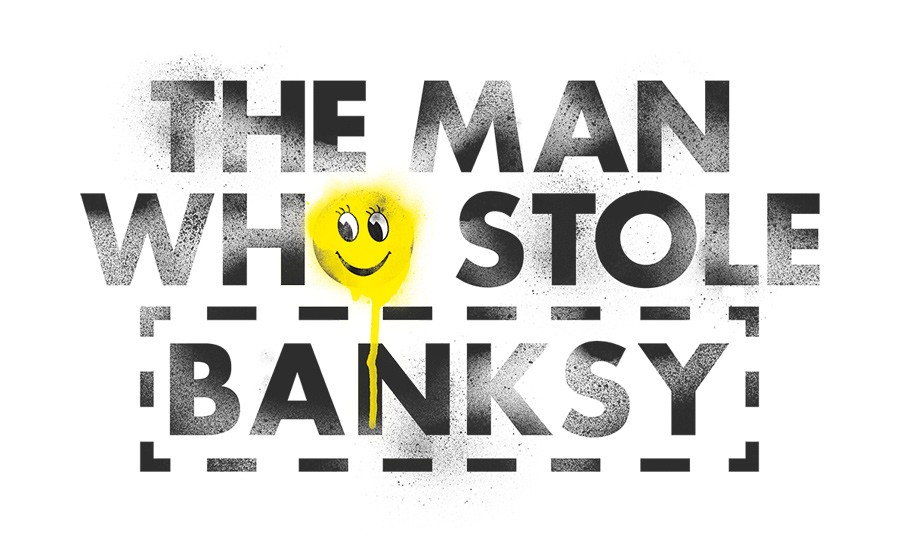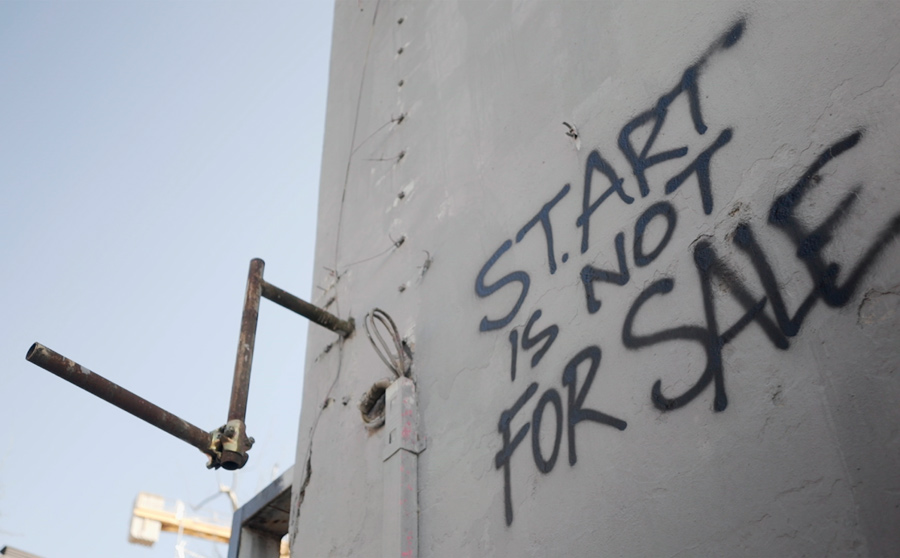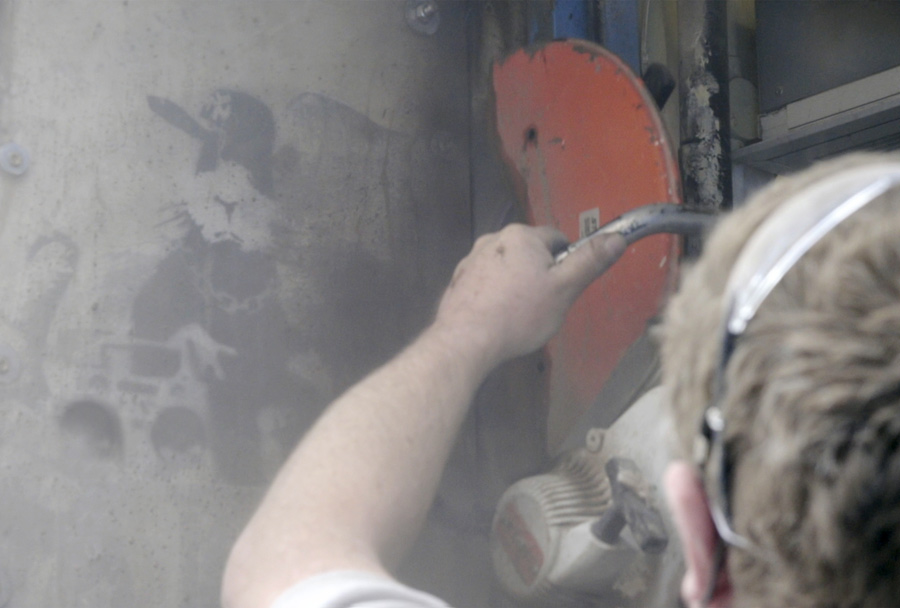First things first – Full disclosure; we are featured in the movie and we are close friends with both the subject of the doc and the director and we first suggested to the director that she was the perfect candidate to make a film about Martha Cooper. Now that we have that out of the way here are a number of shots from the premiere and our review of the movie:
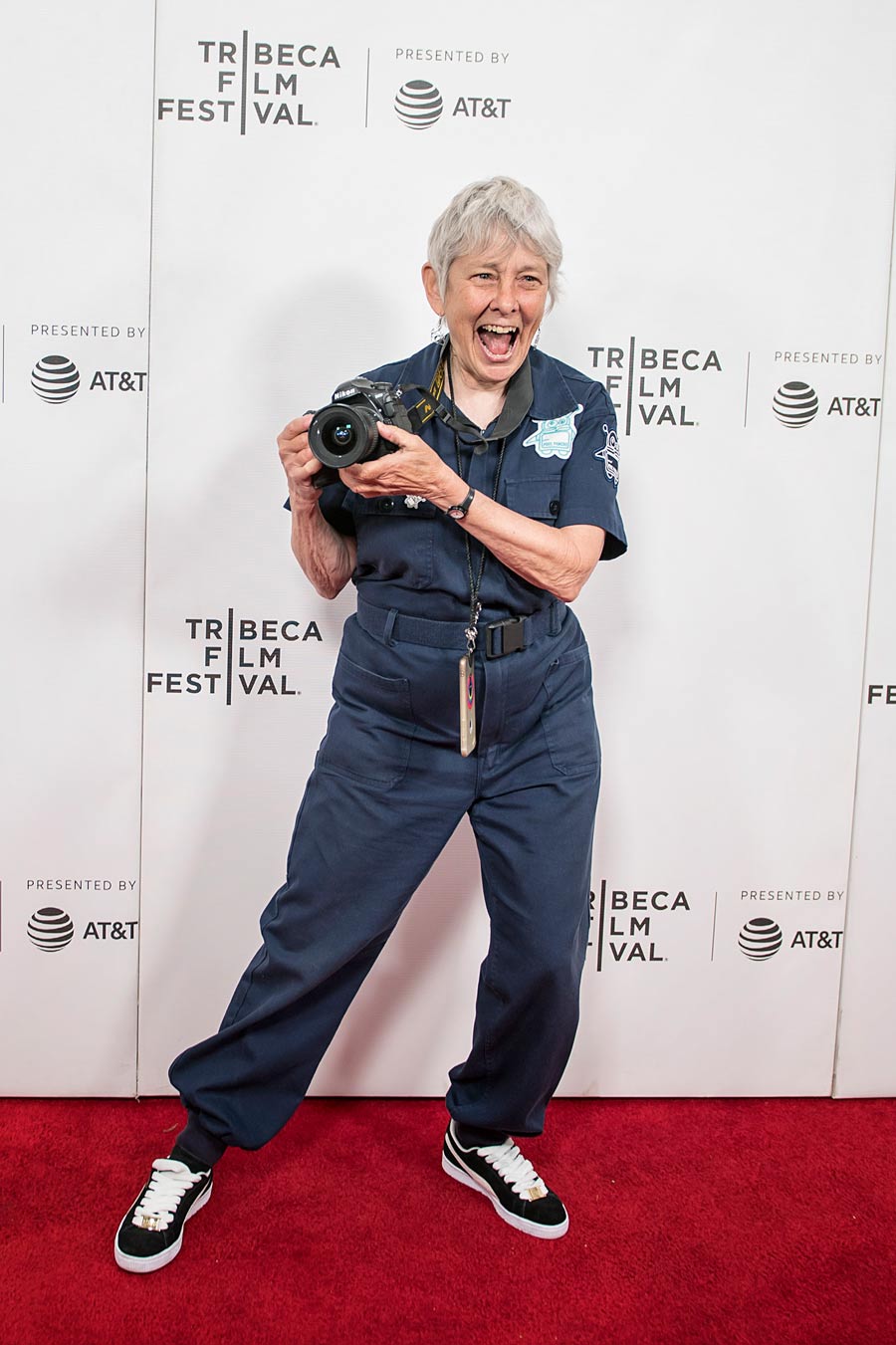
Martha: A Picture Story had its world premiere at the Tribeca Film Festival this Thursday to an enthusiastic crowd that included big graffiti, Street Art, international press and film industry names, to see the highly anticipated documentary about the venerable photographer Martha Cooper by the Sydney director Selina Miles.

Included in the crowd were

The electricity was in the air as Director Miles and producer Daniel Joyce along with the just-arrived Australian members of the “Martha” crew looked for their seats in the Village East Cinema. After a brief introduction by Miles, who told the audience that the film had been a great pleasure to make, the curtain went up to reveal the mother of the superstar art twins Os Gemeos on the big screen. She is sitting at her kitchen table in São Paulo remarking how her boys used to draw on everything, including fruit, and how Cooper and Chalfant’s 1984 book “Subway Art” changed their lives forever. With their story as a backbone for the film, the theme of personal transformation is repeated in a hundred large and small ways for the next hour and twenty minutes.
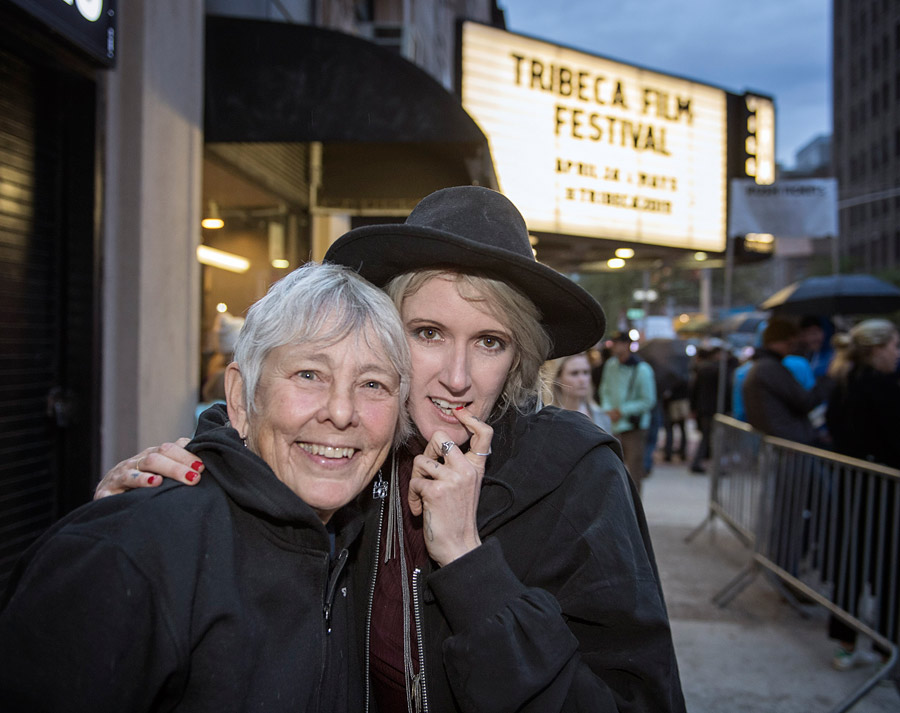
Spanning nearly all of Ms. Cooper’s 75 years, including a photo at age 3 with a camera in hand from her father Ben and uncle Harry’s Baltimore camera store, “Martha” successfully identifies the underlying driving forces, the unique personality and intellectual traits, and the milestones that propelled the photographer across scenes, subcultures, cities, and continents.
While Cooper is most often identified as a crucial documentarian of the 1970s and early 1980s graffiti-writing scene in New York, with “Subway Art” considered a global holy book of preservation that inspired thousands of artists worldwide, the film is judiciously clear that the photographer has had an anthropologists’ zeal for documenting much more over her multi-decade career.
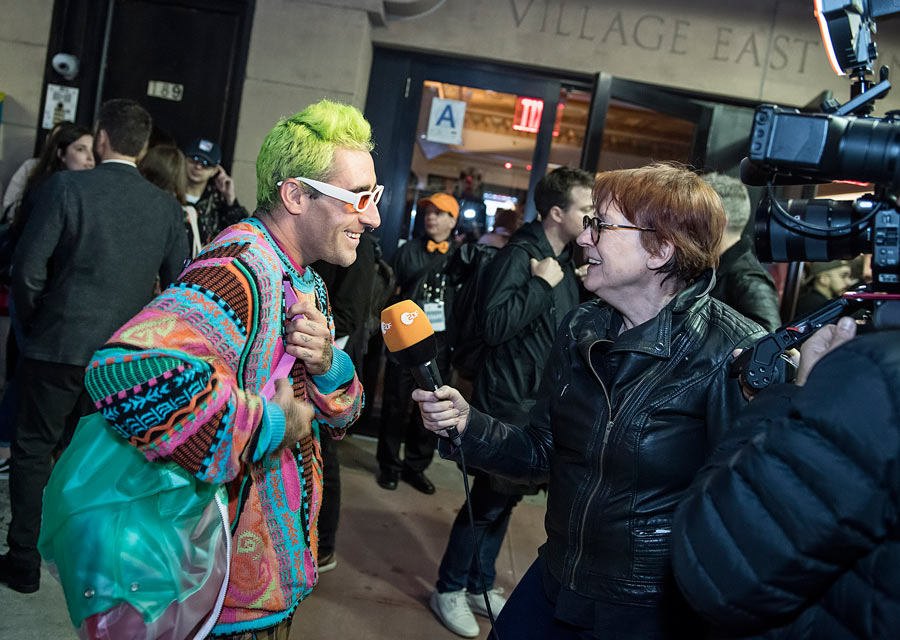
During and after the film you don’t know who you are most impressed with – the director, Martha, the communities touched, the history and stories that are preserved with such care and respect.
“Martha” captures important and character-molding biographical events – like her work in the Peace Corps in Thailand, a subsequent motorcycle trip from there to the UK, her investigations of tattoo techniques in Tokyo, and her work as the first “girl” photographer at the New York Post. During the film’s nearly magical depiction of Cooper’s first meeting with New York graffiti king Dondi, those in the audience who
The film isn’t shy about the low points and struggles of Cooper, like her repeated attempts to work at National Geographic, the continuous rejections of “Subway Art” by publishers, her loss of money by its initial disappointing sales, and the high-sniffing artworld classism of a clueless gallerist who

You are gently led to take that journey with great interest as well, finally arriving at the mid-2000s European promotional tour for her book Hip Hop Files where Cooper suddenly realizes the impact that “Subway Art” has had on graffiti artists worldwide. Building on that enthusiastic response from new-found fans of her work she jumps back into street photography just as the Street Art scene is exploding.
Despite such a complex story Miles is able to coax out many significant truths in character development along with their infinite shadings, facts and nuances of the story.

With interviews, testimonials, unseen home footage from Cooper’s ex-husband and excerpts from soft-news TV stories of the 1980s, viewers may gain a greater understanding of the sacrifice, dogged determination, and her sixth sense for capturing images that the subject exhibits. Keeping a quick pace aided by a smart soundtrack, pertinent graphic elements, and sharp editing, Miles finds ingenious ways to educate us about the various milieu Cooper worked with and the vicissitudes she had to overcome.
The additional layers of visual language infuse so many aspects of the story – a collaging of words, music, precise editing, intuitive pairings and lyrical, witty storytelling that lands in a pitch-perfect way.
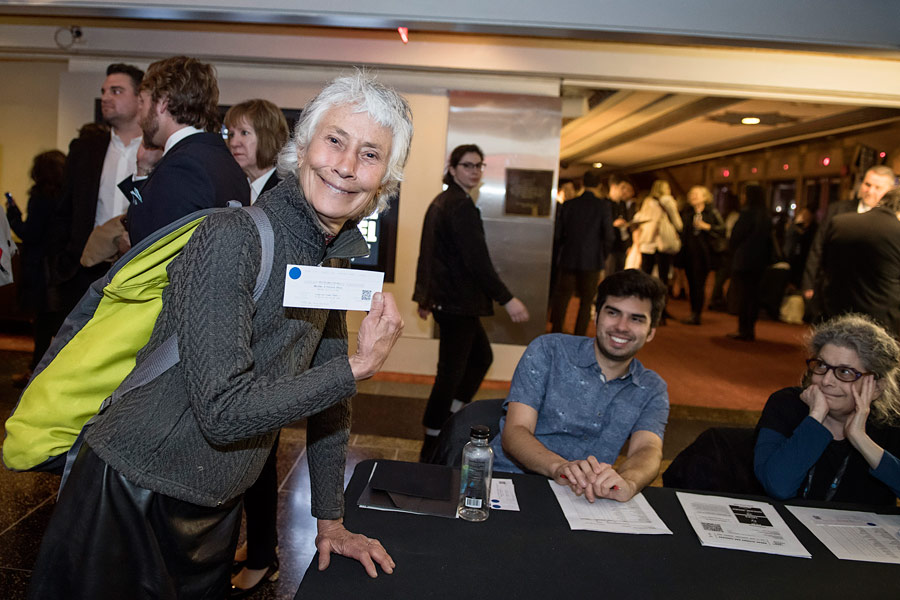
In the
Careful observers will also be struck by the scenes of quiet moments that remain still for a few seconds to reveal deeper feeling – a remarkable glimpse of the filmmaker’s intuitive grasp of the life path and its trials. It’s those in-between places of luminosity that are revelatory, and the human gestures she lets the camera linger upon allow the viewer to write small essays inside their head, bearing witness.

With gratitude and respect to Director Miles and her whole film crew whom have worked thousands of hours over the past 2 and half years, we know that the graffiti/Street Art/photography scenes have been given a huge gift; almost as big a gift as Martha herself.
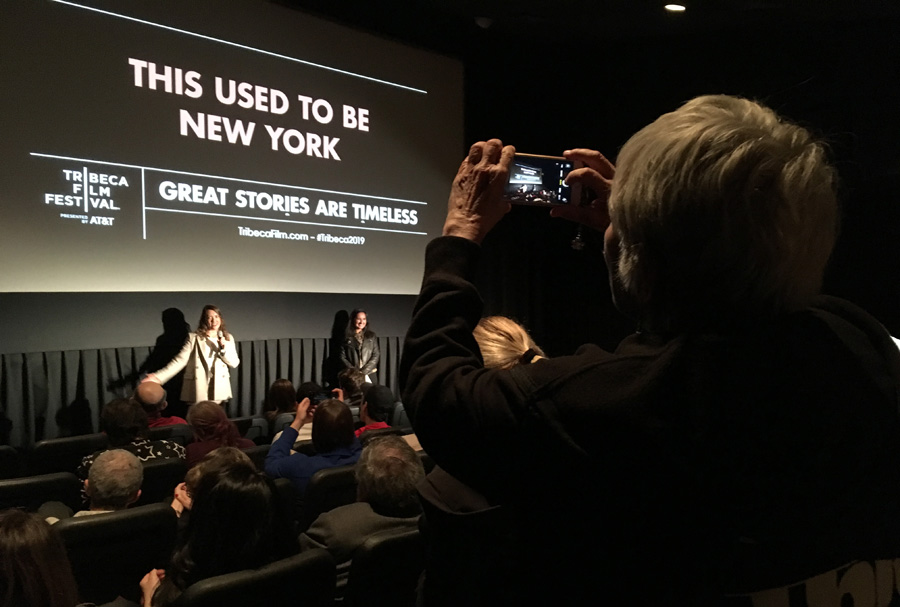
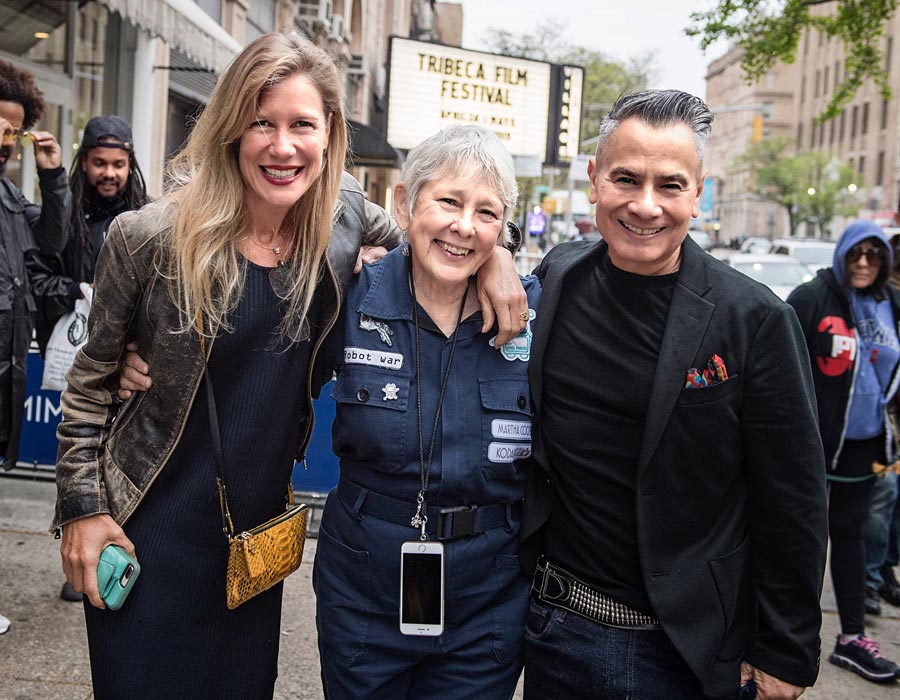
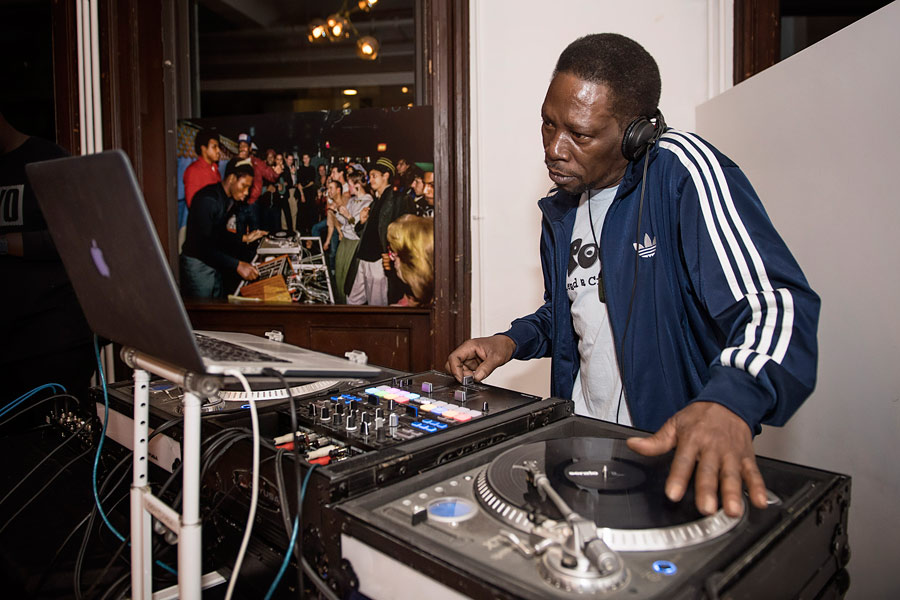
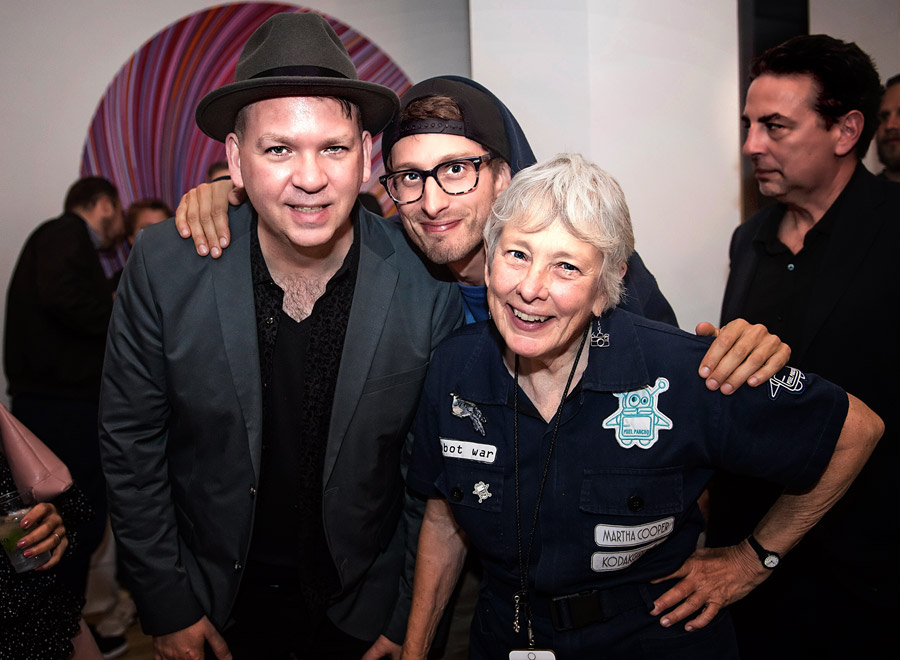

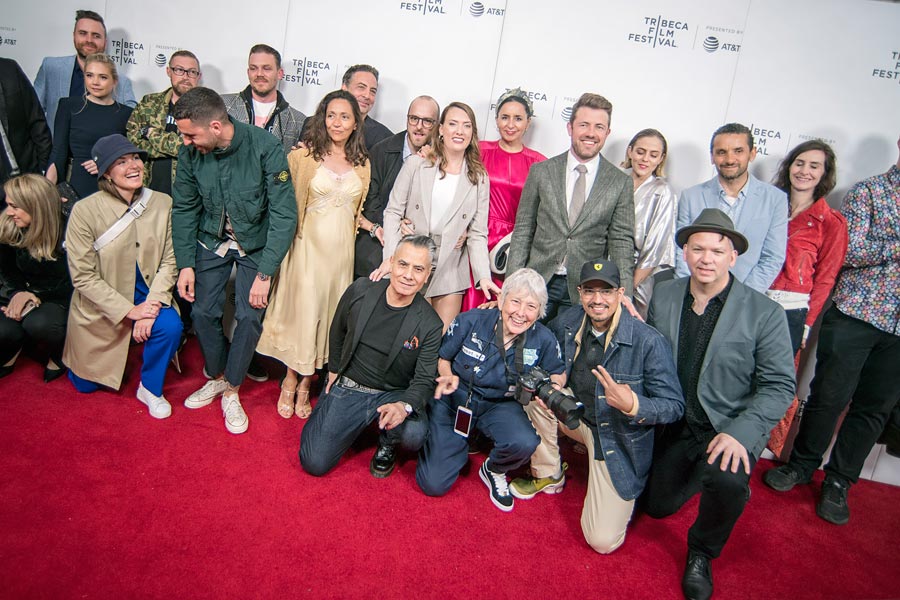
 BROOKLYN STREET ART LOVES YOU MORE EVERY DAY
BROOKLYN STREET ART LOVES YOU MORE EVERY DAY
